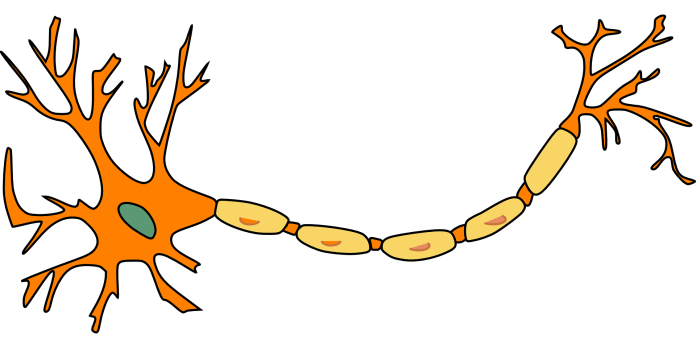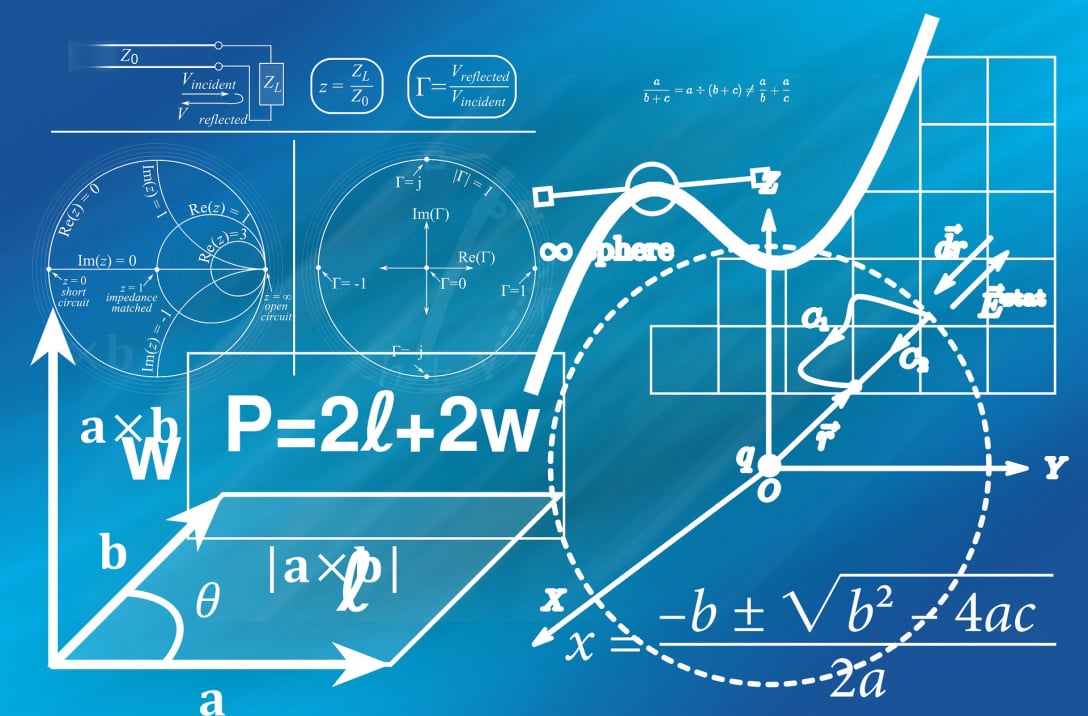The Neuropsychology of Learning
Have you ever heard the term neuroplasticity? Once virtually unheard of, the idea of neuroplasticity is increasingly making its way into the popular media, as research reveals the importance of understanding the concept for many other areas of life.
Norman Doidge (2007), best-selling author on the topic, defines neuroplasticity as “the property of the brain that enables it to change its own structure and functioning in response to activity and mental experience.” It is, simply put, the ability of the brain to physically rewire itself, based on what we do with it. This may sound simple, but it’s actually revolutionary in the field of brain science! For a very long time, scientists believed that by the time we became adults our brains had stopped growing, and our abilities and capacities could not get any better. The idea of neuroplasticity first emerged in the 1800s, but never gained ground as a popular theory until near the end of the 20th century when more advanced neurological research techniques, combined with some ground-breaking research, brought it into the scientific mainstream.
The implications of neuroplasticity are widespread. First of all, if the brain can rewire itself, even in adulthood, this means that adults’ capacity for learning and gaining new skills and capacities is greater than we believed for a very long time. Learning has been shown to physically reorganise the brain. This means that we can grow and change neural networks in the brain which are responsible for controlling our ability to do many things and how well we can do those things. We can create bigger, faster neural networks that increase what we can do and how well we can do it, at any stage of life (Doidge, 2007). This includes learning – the more we learn, the better we get at learning. This means that by practising things, and doing so in the right way, we can actually get smarter!
It’s likely that you’ve heard of the concept of IQ (Intelligence Quotient) scores. These are intended to provide some indication of people’s relative intellectual abilities – basically how smart we are – in a way that allows for comparison. A person with an IQ of 100 is not as smart as someone with an IQ of 120, for example, in terms of the theory underlying IQ. This theory is recognised as flawed in a number of ways (for example, it’s fundamentally unreliable and sociologically biased (Jenson, 1980; Martschenko, 2018)), but it’s still in use because there is no better alternative. It’s predicated on the idea that our “quotient” of intelligence is fixed, and does not change. Neuroplasticity implies that anyone can change their intellectual ability, become smarter, increase their “quotient” of intelligence, just by using their brain enough in the right ways. Think of the implications of this, for example, children who do badly at school, or adults stuck in unfulfilling low-end jobs because they didn’t achieve academically in the past. Understanding neuroplasticity opens up a world of possibilities!
What has been even more interesting to discover, is that brain plasticity applies not only to healthy brains, but to damaged brains as well. People who have suffered brain damage due to a stroke or an accident and lost a particular capability, such as speech, were previously thought to have no hope of recovering that capability. Science has identified certain brain areas as controlling certain abilities and capacities, and the belief was that if a certain area was damaged, the capacities and abilities it controlled were lost. Neuroplasticity research and neuroplasticity-based rehabilitation therapies have shown (Doidge, 2007) that this is not the case. Other areas of the brain can take over the capabilities that damaged areas once controlled, and people with damaged brains can often relearn skills they had lost. This discovery is supported by MRI evidence showing activity in the brain when someone uses a particular capability such as moving their hand, in areas other than the traditional brain areas known for controlling hand movement or whatever the capability may be. MRI evidence also supports the physical growth and reorganisation of neural networks in the brain in response to practice.
So, what does all this mean? Well, it means that cognitive capabilities, your ability to think and learn, which most people think is fixed (unchangeable), is actually not. Talent is not randomly assigned at birth and unchanging. If you’re bad at something, and think you just lack the aptitude or are not cut out to do it, the radical truth is that you have the capacity to change that, and that you have quite a lot of control over your brain’s capacity to learn to do things. This applies to everything from playing chess to speaking a language, from doing calculus to doing gymnastics. You may have heard of the “10 000 hours rule”, popularised by Malcolm Gladwell in his bestselling book, “Outliers: The Story of Success". In this book, Gladwell claims that if you put in 10 000 hours of practice on a particular skill, such as for example golf, you can gain mastery, the level of proficiency of a professional player. This claim has been debunked to some extent for various reasons (one of them is how you spend those hours, and we’ll look at that more in a minute). However, there is a core of truth to the claim that can be proven with neuroplastic research – the more time you spend practising something, and practising the right way, the more your brain will grow the neural capacity to do that thing and do it well. In their book, “Peak: How all of us can achieve extraordinary things”, authors Erikson and Pool consider the phenomenon of prodigies in a broad variety of fields (2016). They conclude that prodigies are created, sculpted by what the relevant people do – how they learn, and learn about their learning, and apply that to how they practise, and then repeat that cycle. This aligns with some of the findings from Gladwell’s work, and is supported by a large corpus of neuroplasticity research. Coyle (2009) also writes about talent, looking at talent hotbeds internationally for skills like football/soccer and tennis, and concludes that it is how learning and practice are taking place in these areas that leads to a large number of top players emerging, rather than anything intrinsic to the biology or sociology of the people in the talent hotbed areas.









